Mr Oon, then in his early forties, baulked at the suggestion. As a former SAF officer, he had sprained himself numerous times. Despite the doctor’s opinion that he was no longer young and thus unable to afford such a hail-mary attitude to health, he declined surgical intervention.
It was a decision he would come to regret, but at that time, he had a more pressing concern: his business.

His mission? To market and sell Chinese Moutai liquor in South America.
As the distributor of Moutai Dry Red Wine in Southeast Asia, he had so impressed the bosses in China with his boldness and can-do spirit that they asked him to take charge of a country half a world away.
It might seem like a fool’s errand, but not to Charles Oon. En route to the city, he looked over the harbour and spied countless fishing trawlers flying Chinese colours. This sight gave him confidence, for wherever Chinese nationals may be found, Baijiu is sure to follow.
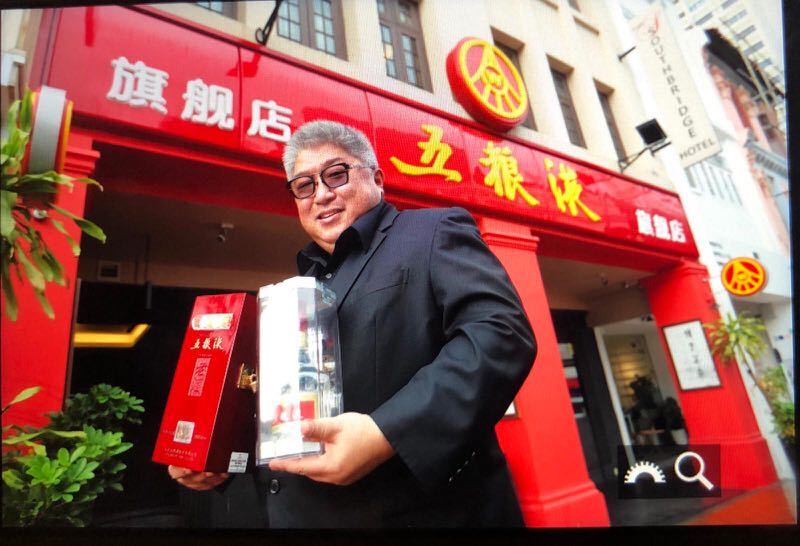
Baijiu (literally ‘white liquor’) is a high-proof, distilled spirit made from Sorghum—a grain that is often planted in parts of China where rice grows poorly. After harvest and fermentation with Qu bricks (used in lieu of yeast), it is distilled to produce a ‘yuan jiu’. This yuan jiu is then aged in massive clay vats which—like the oak barrels of Burgundy or Tennessee—help improve the liquor’s flavour as well as its selling price.
The end result is a clear liquid which resembles vodka in appearance, but not in smell or taste. For starters, you can pop open a vodka without alerting the entire room. Open a bottle of Baijiu, however, and you might as well set off an air-raid siren. Its powerful aroma will fill the room within seconds.
Some writers have likened its taste to industrial solvent or liquid fire, but I reckon they are either exaggerating or have tasted too much industrial solvent for their own good. For something with such a high proof, it is remarkably sweet on the tongue, even if it does burn on its way down.
My editor—a much more experienced drinker than I—has noted a range of flavors from raisin to apricots. He describes the experience as: ‘Sake on steroids’
Baijiu comes in all makes, varieties and price points, but the main distinction is between Sauce ‘Jiang’ aroma Baijiu and Strong ‘Nong’ aroma Baijiu. The former requires more time and effort to produce, and thus takes up only 10% of the market share. The remaining 90% is for strong Baijiu, made by continuous fermentation. Kweichow Moutai has a virtual monopoly on the Sauce Baijiu while the latter category is dominated by Wu Liang Ye, which has a market share of about 70% for Strong Baijiu.
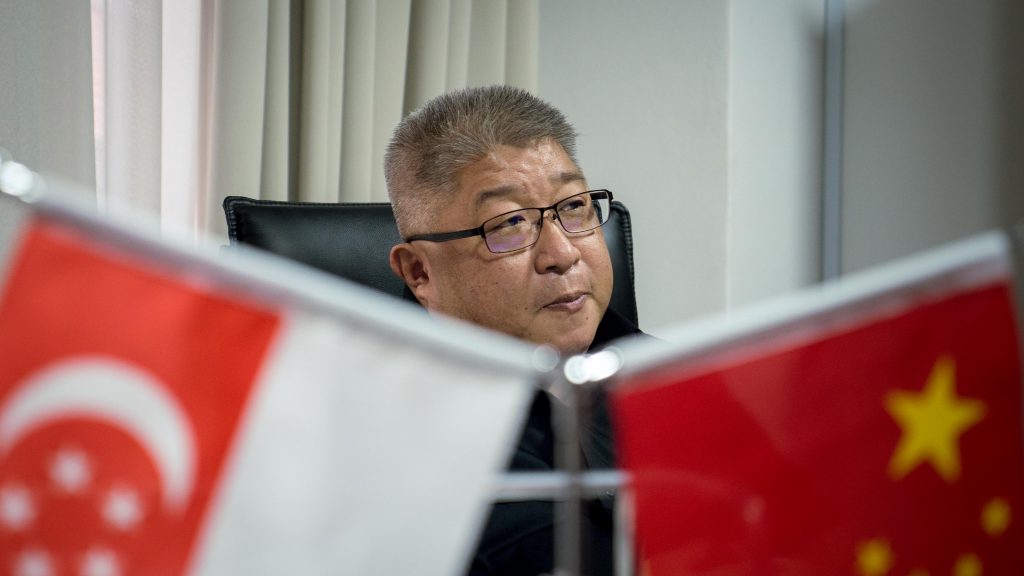
However, although these four brands are supposed to be equals in prestige thanks to their history and heritage, Kweichow Moutai—or just Moutai—is undeniably more equal than the others.
No proper banquet is complete without a bottle of Moutai’s Feitian ‘Flying Fairy’ spirit; the same goes for business deals, special occasions, and even military functions.
The People’s Liberation Army does not drink Bacardi. Since the Mao and his soldiers passed through Sichuan/Guizhou some 70-odd years ago, Moutai has become China’s No.1 social lubricant.
Small wonder it is designated a ‘National Liquor’. However, you would be mistaken to think that Baijiu is solely consumed by 4-star generals, local officials, and the communist cognoscenti. Despite the eye-watering prices for high-end Baijiu, there are cheaper options for everyday pickling. Red Star—the Smirnoff of Baijiu—is often drunk in the North alongside the winter lamb hotpot “Shuan Yangrou”.
The same goes for Chinese migrant workers in Singapore, Mr Oon tells me. Although Moutai prices are high, workers will pool their savings to buy a bottle of Moutai if there’s a special occasion like someone’s birthday. Every bottle contains 67 glasses, which is 13 shots per pax for a group of 5 or 6.
“Although they don’t drink a lot, there’s a great loyalty to the brand,” he said.
More importantly, you can film the experience of pouring out Moutai and post it to WeChat just as you would do with an Instagram story. Beer might suffice for regular drinking, but a proper celebration demands social media—and Moutai.

Here’s what to expect if you ever attend an official function.
To start, three glasses must be drunk before the festivities can begin. The Chair— a.k.a guest of honour or the host—will say a few words of welcome before everyone drinks the first glass. This is followed by two more toasts before food is served and the banquet proper begins.
After that, the guests at each table will hui jing—or return the toast one by one. This might be quite an ordeal if there are multiple tables. If the Chair is smart, as Mr Oon tells me, he or she will conduct a ‘pre-emptive strike’ by going to adjacent tables and toasting everyone all at once. That way, nobody is disrespected and you don’t have to drink an extra glass for every guest who wants to Ganbei.
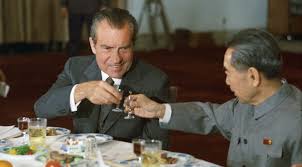
To this official account from the Singapore Baijiu Association, I can add a few wilder stories from my family’s WeChat group chat.
In the more ratchet days of the 1990s and 2000s before Xi Jinping, there were few banquets without someone literally under the table. In the north, social pressures are much stronger and not reciprocating a toast is often considered insulting. As a result, teetotalling Shanghainese technocrats on business are often carried back by more sober subordinates on designated driver duty.
As a result, you will be hard-pressed to find a high-ranking Chinese official who cannot hold his or her liquor. The job practically demands it.
The trick, says Mr Oon, is practice practice practice. With time and experience, anyone can learn to hold their Baijiu, he believes. The first time he drank Baijiu in Hainan, he ended up vomiting in his hotel room. Over time, however, he became as experienced a drinker as any native of Sichuan. After years attending various promotion events and drinking with business owners, he’s developed such a reputation in the community that they now call him ‘Brother Moutai’.
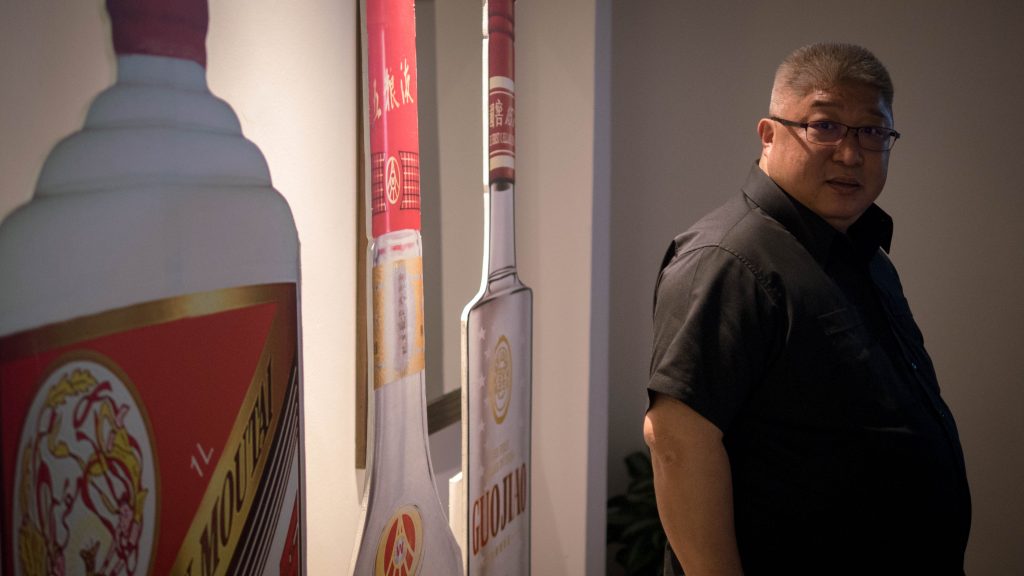
“Different culture, a different way of doing business,” he told me, “If I try to manage everything, I will flip. The lesson learned is, always do business in a language you know.”
That being said, one thing remains mysterious, at least to me. Why has he stayed in the Baijiu business for so long they call him ‘Brother Moutai’?
To hear him tell it, much of it has to do with a sense of Chinese pride. Western drinkers are often disparaging of Baijiu. It is either inedible (‘bu neng he’) or ‘firewater’. Look online and you will find much worse. Buzzfeed called it a ‘divorce in my mouth’; countless paragraphs have been published on the ‘pain’ of downing Baijiu. In his view, it is a drink that needs to be redeemed for the sake of Chinese heritage.
“We Chinese must drink our Chinese liquor,” he told me.
However, the thousand-year history of Baijiu is both boon and bane in this respect. Although there’s a perpetual shortage in China, selling it to Singaporeans has proven more difficult. The ‘Made in China’ label is a handicap, and so is Baijiu’s branding, which looks rather old-fashioned beside sleekly-designed western liquors.
Bartenders—the ever-important ambassadors for inebriation—are likewise wary of Baijiu.
To attract younger drinkers, there are now ‘pet bottles’ for everyday consumption and Baijiu cocktails in the usual shades of rose and lime. As a purist, Mr Oon believes the best way is still to drink it neat, but he concedes that concessions have to made to the younger generations and ‘the fairer sex’.
Mr Oon is optimistic because progress is slow but present. In 2017, 20% of his Baijiu sales went to locals. In 2018, however, the number has jumped about 10% to a 70/30 split between Chinese Nationals and Singaporean buyers.
“We can do better than this. Maybe it has just started,” he concludes.
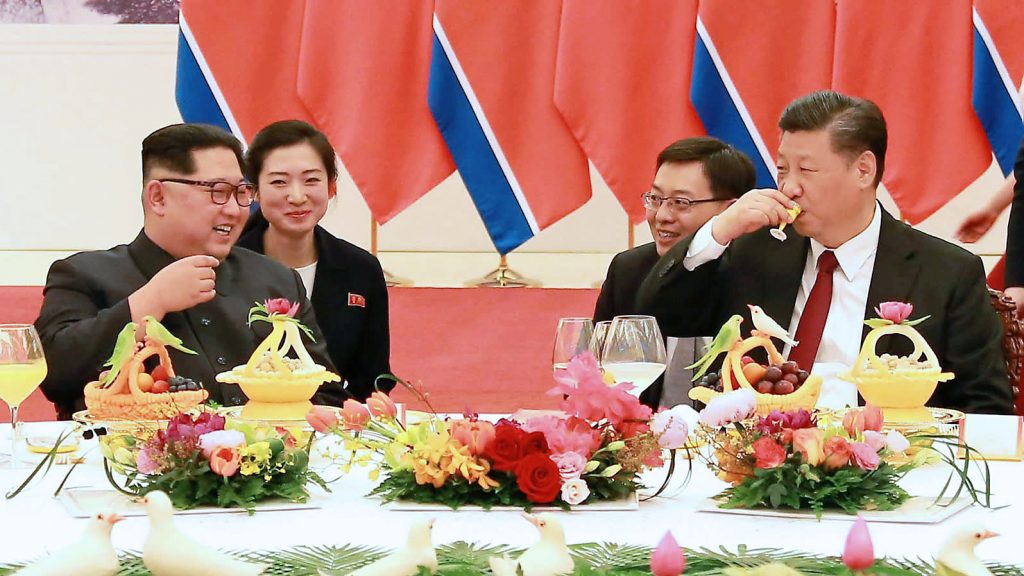
Acquiring a taste for it takes time and many bottles.
On the other hand, history is full of surprises. Vodka was once an obscure Russian spirit until the 1950s, when a few savvy advertising executives suddenly turned it into an alcoholic staple. Craft beer was likewise a non-existent industry until 15 years ago.
Moutai itself—despite its ridiculous present-day market value—was also a fairly ordinary local liquor, until the Communist Armies passed through the region and developed a serious thirst for it. In the words of one commentator, they used Moutai to ‘disinfect their wounds and fortify their resolve’.
Had Mao chosen a different route to escape the KMT, we might be drinking a different brand altogether. Who knows?
However, one thing is for sure. Whatever its future might hold, Baijiu can afford to wait. It has been around for millennia in China. Even those who don’t drink might find it useful to watch its rise and fall. After all, there’s no better barometer for China’s fortunes than a bottle of Baijiu.
For Baijiu-related orders and events, raise your glasses to Singapore Baijiu Association.






